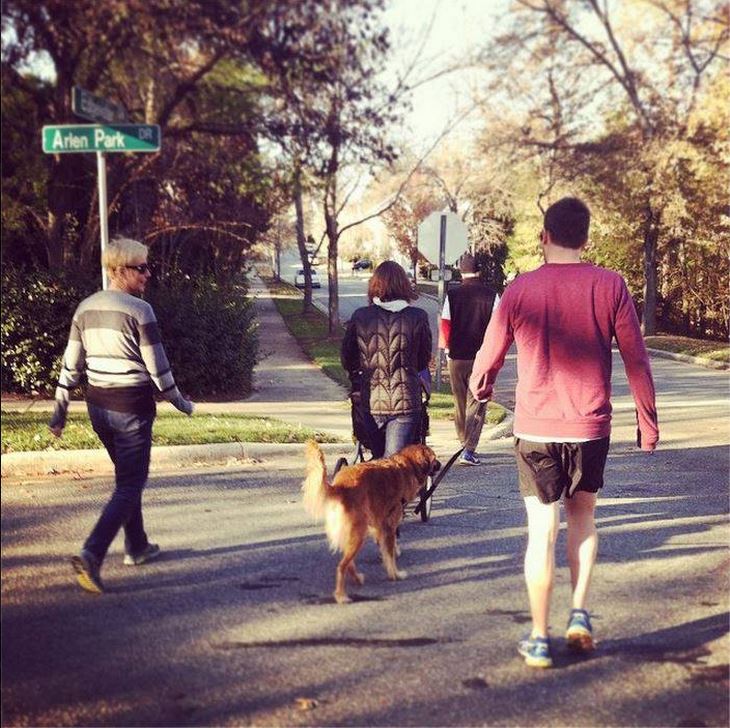Working Toward a Walking Culture
In a busy society where productivity is one of our most lauded values, checking “exercise” off our packed to-do lists is tough.
In fact, as I write this, I’m looking at a flowchart from Fast Company called “A Day in the Life of Your Most Productive Self,” which suggests we get to work early at 8 a.m. and leave at 5:45 p.m. It allots seven hours for sleep (not the eight or even nine that some people need) and an evening window of three hours (presumably for commuting, eating dinner and spending time with family and friends). While it’s hard to see where exercise fits into this picture of productivity, the chart does include one activity-oriented trick that’s backed by research: it suggests we turn our lunch breaks into walking breaks.

Active Living By Design takes casual Friday to the next level with an hour of physical activity. Whether we play ultimate frisbee, basketball, or invite family to join for a walk, #ActiveFriday is the perfect way to end the week.
A recent walking study showed that “even gentle lunchtime strolls can perceptibly—and immediately—buoy people’s moods and ability to handle stress at work.” We know that walking improves our long term health, and this study suggests it can also help us improve our productivity, since low stress levels allow us to problem-solve more quickly and creatively.
Here at ALBD, our team relies on midday movement to keep us collaborative and energetic. We walk across the street to grab lunch through rain, snow and shine; we schedule “walking meetings” when the weather’s nice so that we can problem-solve on our feet; and we use our Active Friday tradition for team building and good old-fashioned fun. Perhaps most importantly, exercise is valued as a vital part of our productivity and wellbeing. If one of us is wrestling with a tough problem or feels a slump in mental clarity, it’s normal—and encouraged—to recharge with an activity break.
Unfortunately, integrating midday walks into workplace culture isn’t as easy as everyone throwing on comfy shoes and heading out the door.
For example, the walking study had a caveat: “… many [participants] said that they anticipated being unable to continue walking after the experiment ended and a few … had to drop out midway through the program. The primary impediment to their walking [was] ‘that they were expected by management to work through lunch.’”
This all-too-common workplace barrier to walking is compounded by issues that are even more difficult to overcome. Some people work in places without sidewalks or safe streets, or in areas where crime is more a threat to wellbeing than the lack of exercise. Other people work multiple jobs, have irregular shifts, or don’t have access to a “workplace culture” at all.
ALBD’s culture is possible because of the policies that structure our day and by the physical environment in which we work. For example, we intentionally chose an office in a mixed-use, walkable place. However, not everyone is able to choose where they work. For those who are able, there often aren’t enough walkable places from which to choose—and that’s why we’re passionate about helping to build healthier places and coaching communities through that process.
The impulse to link longer work hours with increased productivity will be tough to change because it makes sense; more can be accomplished in three hours than in two. But at a certain point, we must remember to value what humans were doing long before we talked, typed or swiped touchscreens. We walked.